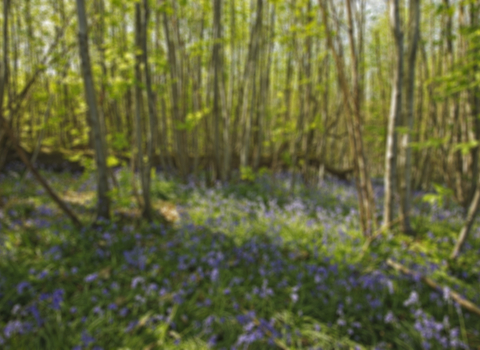Thinning
Like any healthy population, a woodland needs new generations of trees to replace older ones when they reach the end of their natural life expectancy. Saplings and young trees make use of gaps in the canopy to get the sunlight they need; when all the trees in a woodland are of similar age the canopy closes over, shading out these younger trees. By thinning out portions of our woodlands we ensure that the next generation is able to thrive, adding resilience to the woodland.
By thinning out portions of our woodlands we ensure that the next generation is able to thrive
Thinning typically involves cutting down a proportion of trees within an area; usually up to a maximum of 30% of the total number of trees. The timber and wood generated from this can either be sold to pay for the management or left as ‘dead wood’ which provides habitat for wildlife and decomposes into future woodland soils. Typically, many broadleaved tree stumps won’t actually die off when cut down and will send up new shoots. This method of management can actually prolong the life of these trees if continued periodically. Young trees in thinned out areas can then thrive with less competition for light, water and nutrients. This diversifies the age structure of the woodland and, as they are under less stress, helps the remaining trees grow healthier.
Working to protect woodlands requires a great deal of patience and foresight; cutting down trees looks destructive and because trees grow slowly it takes years to really see the benefits of the changes we make. It is clear, however, that where woodlands have been well managed in the past we are reaping those benefits now – woodlands with a more diverse age structure are home to more species and a greater variety of wildlife overall.
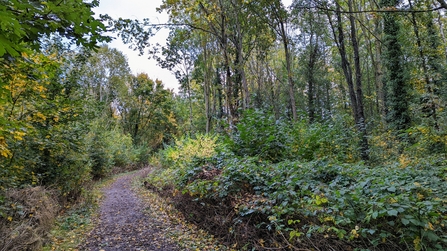
Cock Robin Wood after thinning to allow light to the woodland floor, by Nicholas Feledziak
Coppicing
From before the early Middle Ages until the late nineteenth century many woodlands were managed by coppicing. This involves the periodic cutting back of trees or shrubs to ground level, leaving them to sprout new stems from the cut stumps. This gives rise to the rapid production of small round wood which was used for broom handles, firewood, fencing stakes and hurdles. Coppicing can rejuvenate a tree and allow it to live for many years, meaning it can provide further crops of timber or wood. It also encourages the growth of woodland flowers such as bugle, primroses and violets by allowing light to the woodland floor.
Coppicing can rejuvenate a tree and allow it to live for many years
Coppicing allows flowering plants and grasses to grow, providing food for insects which in turn provide food for other animals such as birds and bats. Wildlife that benefits from coppicing includes flowers like orchids, dog violets, saint john’s wort, foxgloves, butterflies and moths, bumblebees, dragonflies, slow worms, birds such as garden warblers and chiffchaff, some species of bat, such as pipistrelles, dormice and other small mammals.
Newly planted woodlands or those which show no signs of being coppiced may require little ongoing management other than occasional thinning of trees. This involves the removal of poor, weak, diseased or overcrowded trees to make the remaining trees stronger and sturdier. Thinning can also be used to manage neglected woodland where dense shading has reduced the growth of woodland wildflowers and shrubs.
Managing a woodland sensitively means trying to replicate all the different things that a vast ancient woodland would have done by itself thousands of years ago, when woodlands were larger, ensuring a mix of dead wood, healthy live trees, young saplings and open spaces, such as glades.
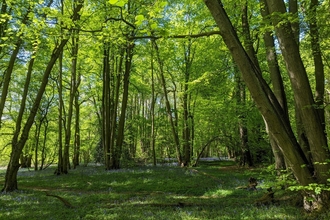
Myth Busting: Piles Coppice
Get the facts in response to some common woodland management myths
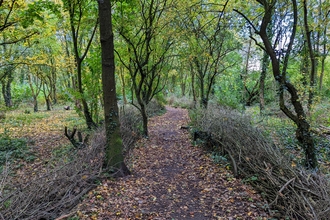
Small steps for future stability
How a neglected woodland can become a wildlife haven once more
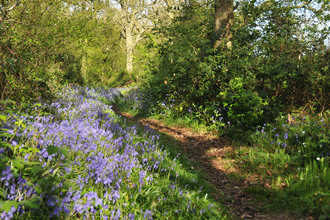
Helping our woodland wildlife to thrive
Our Senior Conservation Specialist describes how we manage our woodlands for wildlife.

